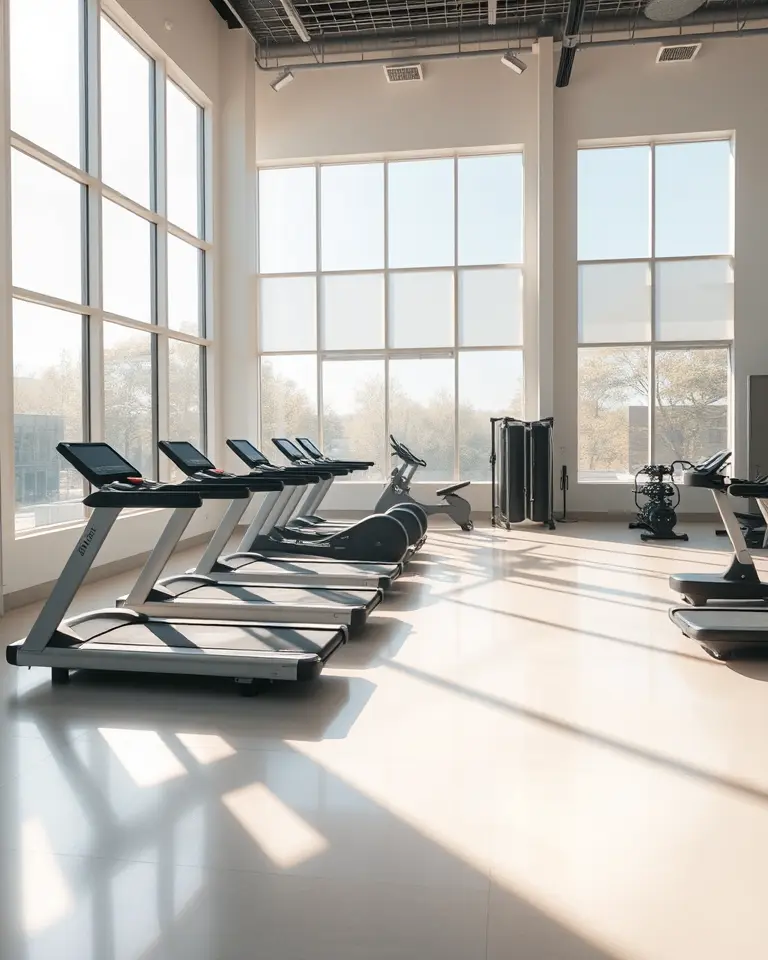A New Hub for Health and Wellness?
A proposal for a new fitness center along Barton Chapel Road in Augusta, Georgia, has sparked community discussions. The proposed facility, situated amidst residential properties, is envisioned as a comprehensive health and wellness center, potentially offering a range of services from cardio and strength training to group fitness classes and personal training. While the development holds the promise of improved local access to fitness amenities, the proposal also raises questions regarding its impact on the surrounding residential area and local infrastructure.
Details of the Proposed Fitness Center
The proposed fitness center is expected to be a significant development in the area. While specific details like the exact size, design, and operating hours are still under consideration, it has been suggested that the facility will likely feature:
- A fully equipped gym with modern cardio and strength training equipment.
- Dedicated spaces for group fitness activities such as yoga, Pilates, and aerobics.
- Potentially amenities such as a swimming pool or basketball court.
- Locker rooms and shower facilities.
- On-site parking for members and staff.
The developers of the facility have stated they intend to create a welcoming environment that will cater to a diverse range of fitness levels and interests. This approach aims to encourage community participation in health and wellness activities. The proposed location on Barton Chapel Road, a road that is already quite busy, aims to make the fitness center accessible for residents of the area.
Potential Benefits for the Community
The addition of a fitness center to the area holds several potential benefits for the surrounding community:
- Improved Health and Wellness: A fitness center provides easy access to exercise facilities, helping residents to lead healthier lifestyles. Regular exercise contributes to preventing chronic diseases and improving overall physical and mental well-being.
- Increased Community Engagement: Group fitness classes and social interaction at the fitness center can foster a stronger sense of community. It provides a local hub for people with similar fitness interests.
- Economic Development: The fitness center can create new employment opportunities, providing jobs for personal trainers, instructors, and support staff, and also boost local businesses that might support the center.
- Property Value Enhancement: Access to local amenities, such as a quality fitness center, is seen as a desirable feature for homebuyers, and can positively influence nearby property values.
Concerns and Considerations
While the proposed fitness center offers clear advantages, concerns have been raised by the residents living near the proposed facility.
- Increased Traffic: One of the most significant concerns is the anticipated increase in traffic on Barton Chapel Road. The additional vehicles could lead to congestion and make it more difficult to navigate the area during peak hours.
- Noise Pollution: The operation of a fitness center, particularly during early morning or late evening hours, might lead to increased noise levels, which could disturb nearby residents. Gyms with large equipment are often known for noise created by the dropping of weights, and also the loud music that is often played during workout classes.
- Impact on Residential Character: Some residents are concerned that the introduction of a commercial entity might alter the peaceful residential character of the neighborhood.
- Parking Issues: If the fitness center does not have adequate parking, it could cause overflow parking onto nearby residential streets, causing additional congestion.
- Zoning and Regulations: It remains to be seen whether or not the fitness center will meet all local zoning regulations and requirements. The rezoning process can often be long and difficult, and public input is key.
Addressing Community Concerns
The developers of the fitness center will need to address the concerns of the local residents to gain community support and approval for the project. This process may include:
- Community Engagement: Holding public meetings and soliciting feedback from residents.
- Traffic Studies: Conducting traffic studies to assess the potential impact of the fitness center and propose mitigation measures.
- Noise Mitigation: Implementing noise reduction strategies to minimize the impact on nearby homes.
- Landscaping and Design: Integrating the fitness center into the surrounding area with landscaping and design that helps to preserve the aesthetic qualities of the residential neighborhood.
- Parking Solutions: Ensuring that adequate on-site parking is available to prevent overflow into nearby residential streets.
The Importance of Public Input
The proposal for a new fitness center on Barton Chapel Road is a development that requires community input and collaboration to ensure that it meets the needs of the area while addressing the concerns of local residents. Public hearings and community feedback will play a crucial role in shaping the final plan. It is important for residents to stay informed and participate in these discussions to ensure that the best possible outcome is achieved for everyone involved.
Zoning and Regulatory Framework
The establishment of a fitness center will require compliance with local zoning regulations and building codes. The zoning laws in Augusta, Georgia, will dictate whether the type of business is permitted at the proposed location. These regulations are in place to ensure balanced development within the city, and to protect residential areas from the negative impacts of commercial activities.
The process of obtaining the necessary permits often involves a period of public comment where residents can voice their concerns and suggestions, and also provide comments during the planning and approval process. These comments can help to shape the proposal and ensure it meets community needs and concerns.
The Future of Fitness on Barton Chapel Road
The proposed fitness center on Barton Chapel Road has the potential to bring significant positive changes to the local community, improving access to health and wellness facilities, and fostering a sense of community. However, these benefits must be balanced against potential negative impacts, such as increased traffic and noise, and other environmental concerns.
The future of this development will depend on the willingness of developers to listen and respond to the needs and concerns of local residents, and to design and build a facility that is a beneficial addition to the community. As the planning process continues, residents can look forward to new opportunities for health and wellness, but it is imperative to address all concerns so that the neighborhood’s quality of life is preserved.







